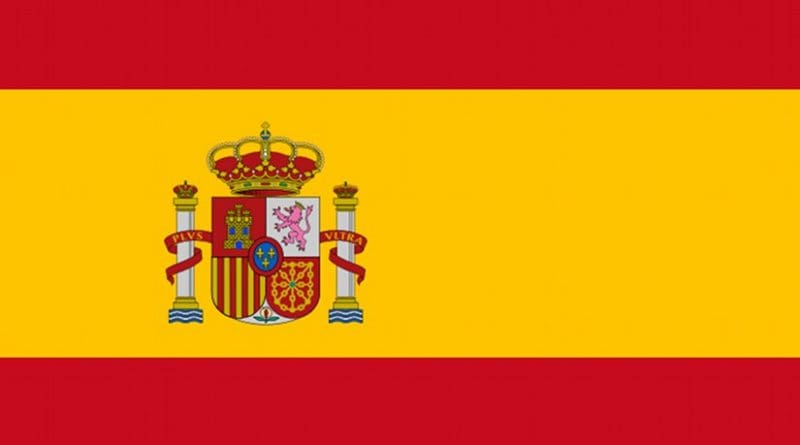Women Make Gains On Spanish Boards
By IESE Insight
Women now occupy nearly 20 percent of board positions for the 35 public companies that make up Spain’s benchmark IBEX 35 index. The 2.5 percentage-point climb from last year brings Spain more in line with Europe’s average of just over 21 percent. Spain’s gains are even more notable when considering that in 2010 women represented less than 11 percent of the IBEX 35 board seats.
This change is documented by the 4th annual report on women on IBEX 35 boards of directors, produced by IESE’s International Center for Work and Family (ICWF) and Atrevia.
In 2016, women occupy 91 seats on IBEX 35 boards, 11 more than the previous year, for an increase of nearly 14 percent. The report notes that there are 84 female directors counted, six of whom serve on more than one board.
More Women and Fewer Men
In part, women’s growing representation on Spain’s corporate boards is due to the reduction in overall board size. The number of men serving as directors decreased by 18 percent since 2010. During that same period, female representation shot up by 72 percent. Counting heads over this same period, 81 male board members left while 38 female board members arrived.
The seven companies with the most gender-balanced boards are REE, Iberdrola, FCC, OHL, Santander, Grifols and Abertis. Meanwhile, Técnicas Reunidas is the only company without a single female board member, despite boasting three in last year’s survey.
Two companies, Red Eléctrica and Grifols, now meet the European Commission’s recommendation to have women occupy at least 40 percent of non-executive director positions.
Twelve of the 35 companies on the Spanish index added female board members in the past year — including Gas Natural and OHL, which each added two.
Few Women in the Top Spots
Most women (62, or 68 percent of the total) are independent directors on IBEX 35 boards. Another 22 percent are outside directors representing major shareholders. Meanwhile, there are only three female executive directors: Ana Botín of Banco Santander, María Dolores Dancausa of Bankinter, and Vanisha Mittal of ArcelorMittal.
The scarcity of female executive directors (just over 3 percent of the total) shows that cultural change is still needed in the business world to promote the advancement of women, not only on boards, but in the top executive positions as well.
On boards where the chief executive officer and the chairman of the board are the same person, the role of lead independent director is now required. Currently, there are three women holding this position among the IBEX 35: Carmen Gómez of REE, Ana Palacio of Enagás and Inés Macho of Iberdrola.
Female and foreign? In 2016, there are 18 female, non-Spanish directors, up from 14 last year. Of this group, 39 percent are European and 30 percent hail from Latin America. All of these members are independents, with the exception of ArcelorMittal’s Vanisha Mittal.
Which routes have led female executives to their board seats? More than 40 percent have degrees in economics, business or business administration, while law was the second most popular field of study.
Educated, prepared and growing in number, the future looks rosy for female participation in Spain’s top companies.

